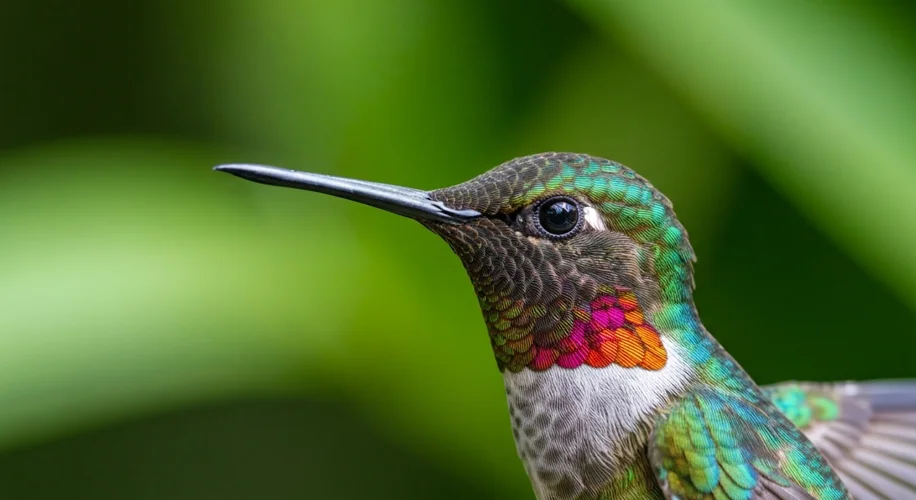It’s not every day you hear about squirrels acting… well, like something out of a science fiction movie. But lately, reports have been surfacing across the U.S. about squirrels with a truly unnerving appearance: they have strange, oozing flesh pods growing on their bodies.
Let’s talk about what’s happening and what experts are saying.
What Are These ‘Zombie Squirrels’?
The animals in question aren’t actually reanimated corpses, of course. The term ‘zombie squirrels’ is a bit of sensationalism, but it stems from a very real and concerning observation. These squirrels are often seen with large, bulbous growths or pods attached to their skin. These pods can sometimes appear inflamed or oozing, leading to the unsettling nickname.
The Culprit: A Tiny Parasite
Did you know that squirrels, like many other animals, can be affected by parasites? In this case, the primary cause for these visible growths is a type of botfly larva. These flies lay their eggs on surfaces, and when a squirrel grooms itself or touches these surfaces, the eggs or larvae can transfer.
The larvae then burrow under the squirrel’s skin, where they grow and develop. They create a sort of warble or pocket, which is what we’re seeing as the ‘flesh pod.’ These pockets are essential for the larvae to survive and mature before they eventually drop off to continue their life cycle.
Why the Concern?
While it might seem like just another natural phenomenon, there are a few reasons why these affected squirrels are catching attention:
- Visual Disturbanc: Let’s be honest, seeing a squirrel covered in what looks like strange tumors is jarring.
- Potential for Spread: There’s a concern that the virus or parasite causing these growths could potentially spread. While botfly larvae are specific to certain hosts, observing widespread numbers can raise questions about the overall health of local wildlife populations.
- Animal Welfare: It’s difficult to see any animal in distress, and these squirrels are clearly experiencing a significant parasitic burden that can impact their ability to forage, move, and survive.
Expert Advice: What Should You Do?
Scientists and wildlife experts are advising people to be cautious. While the botfly larvae itself isn’t typically dangerous to humans, it’s always best to avoid direct contact with any wild animal that appears sick or has unusual growths.
- Observe from a Distance: Enjoy watching the wildlife around your home, but maintain a safe distance from any animal that seems unwell.
- Don’t Feed Affected Animals: If you notice squirrels with these growths, it’s best not to encourage them by leaving out food.
- Secure Trash Cans: Proper waste management can help reduce attractants for many types of wildlife.
It’s a fascinating, albeit slightly creepy, reminder of the complex and often unseen interactions happening in our urban ecosystems. Understanding the science behind these ‘zombie squirrels’ helps us appreciate the natural world, even when it presents us with unusual sights.

